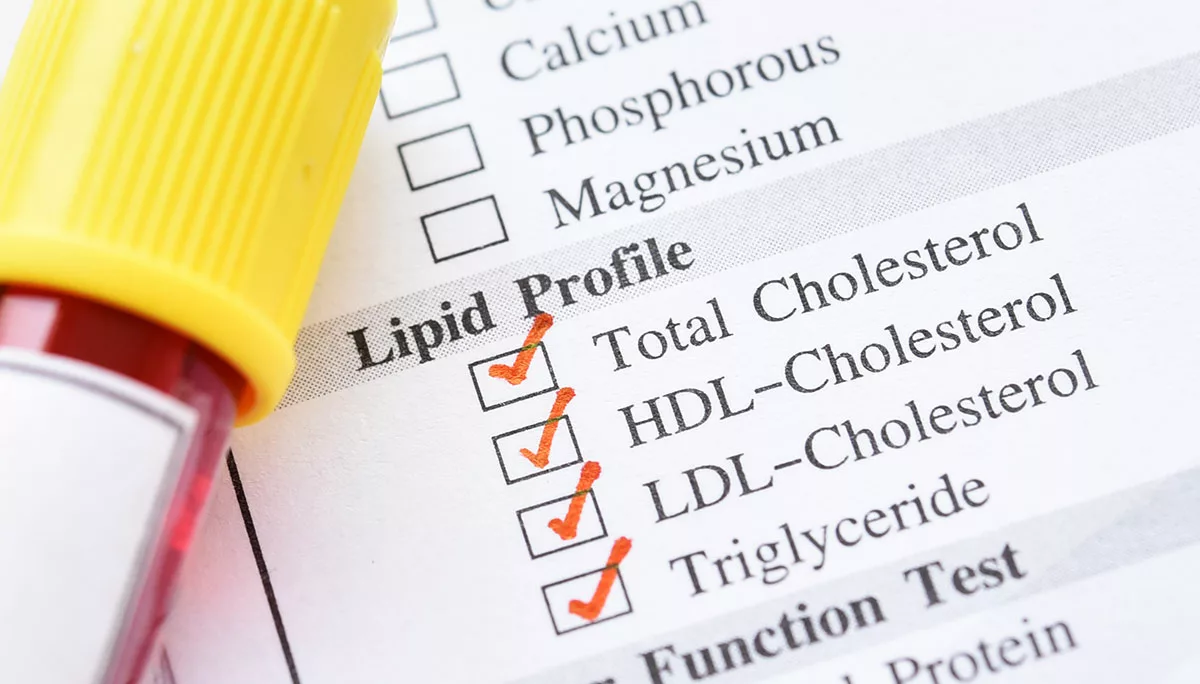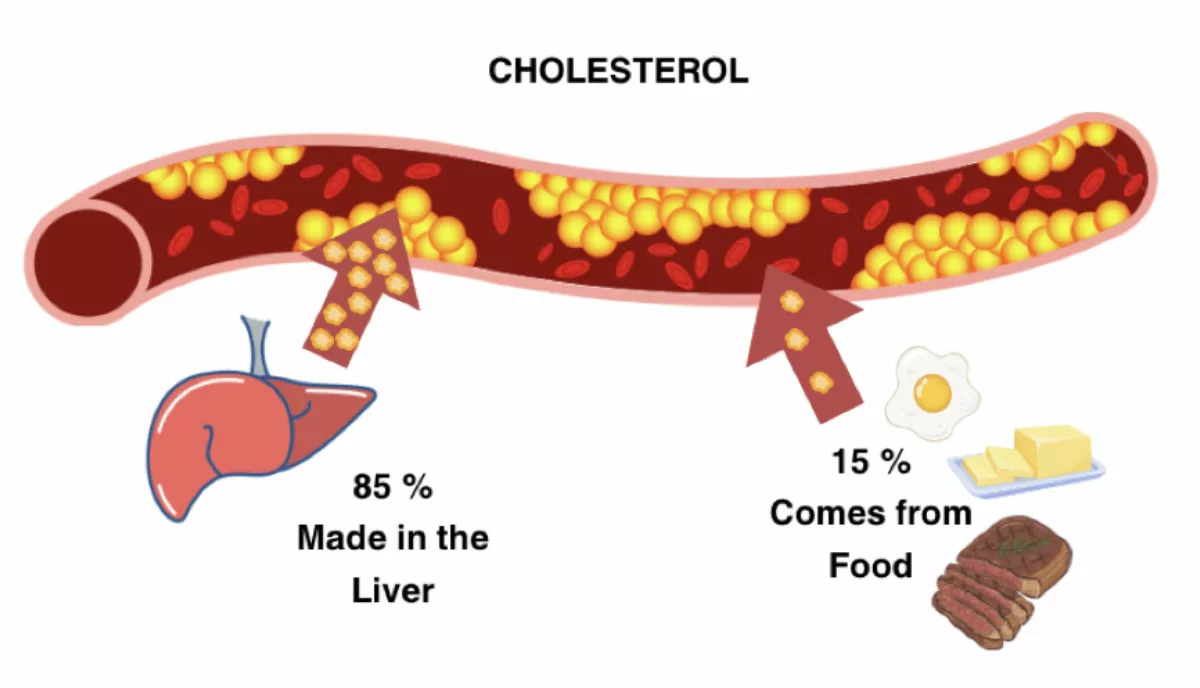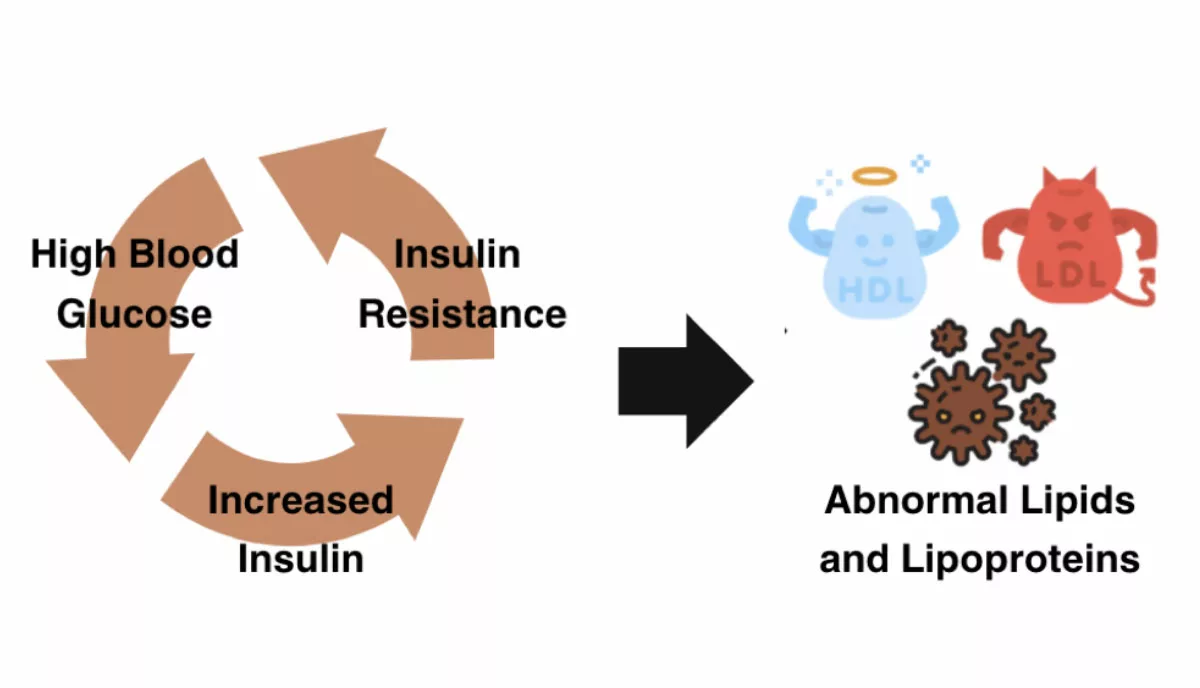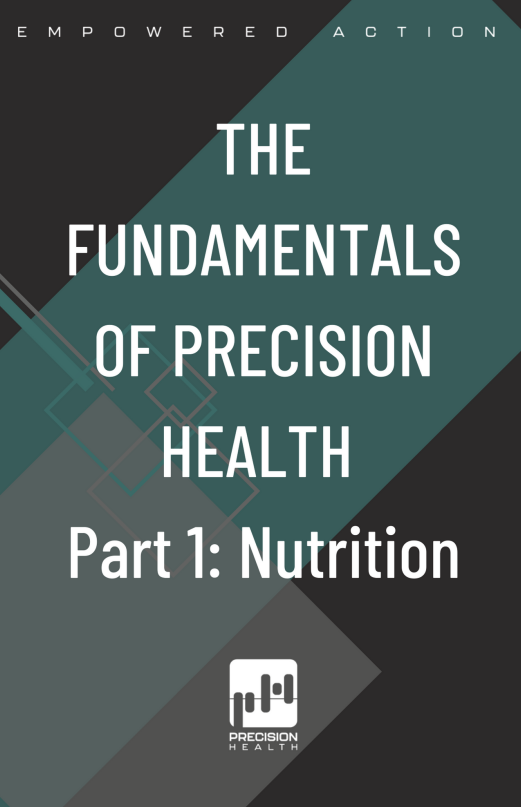
Unlocking the Truth: High Cholesterol is a Symptom, Not the Problem
In the world of fitness and wellness, we often hear about the notorious villain – high cholesterol. But what if I told you that high cholesterol is merely a symptom, not the root of the problem? Let’s dive deep into the intricacies of what causes it, how much is considered high, and whether it’s genuinely a problem.
What Causes High Cholesterol?
The common misconception is that a diet rich in cholesterol is the culprit behind soaring cholesterol levels. The truth, however, is far more complex. Approximately 85% of the cholesterol in our body is produced internally by our cells, with only 15% coming from the food we consume. Cholesterol plays a crucial role in maintaining our overall health. It repairs damaged cells, combats chronic inflammation, sustains cell integrity, facilitates nutrient transport to the brain, supports a healthy intestinal tract, aids the nervous system through serotonin receptors, and contributes to hormone production, including testosterone, progesterone, estrogen, and cortisol. Moreover, it promotes the absorption of essential nutrients like vitamin D.
In a nutshell, cholesterol is a friend, not a foe, when it comes to our health. At least, it doesn’t directly harm our bodies.

While exercise is crucial for overall health, high-intensity, prolonged cardio workouts like long-distance running or cycling can lead to decreased testosterone levels. These activities can elevate cortisol, the stress hormone, especially in individuals with a lower fitness level. This increase in cortisol, combined with overtraining, can create a vicious cycle that leads to a further drop in testosterone levels.
For those looking to boost testosterone, weight lifting is the way to go. As muscle mass increases, your body responds by producing more testosterone. When combined with High-Intensity Interval Training (HIIT), this not only enhances testosterone but also promotes heart health.
The Real Culprit: Inflammation
When your body starts producing more cholesterol than necessary, it’s essentially sounding an alarm bell – there’s an underlying inflammation issue that needs addressing. Cholesterol rises as a protective mechanism to shield your cells from further harm. Therefore, instead of merely focusing on cholesterol levels, we need to delve deeper to find the real root of the problem.
However, simply looking at your total cholesterol or LDL (Low-Density Lipoprotein) levels won’t provide a comprehensive picture of your lipid profile. To gain a better understanding, consider factors like total cholesterol, HDL (High-Density Lipoprotein), triglycerides, and the ratio between triglycerides and HDL, which should ideally be less than 2.
The Connection to Sugar Metabolism
High cholesterol and disrupted lipid profiles are often closely intertwined with issues related to sugar metabolism, such as insulin resistance. An HbA1c test, which measures your average blood glucose levels over a three-month period, can reveal whether you consistently have elevated blood sugar. This condition could be the underlying reason behind your high cholesterol levels.
In this context, it becomes evident that attempting to lower cholesterol without addressing its root cause is a futile exercise. Simply cutting down on cholesterol-rich foods, like eggs, won’t significantly impact your cholesterol levels.

The Solution Lies in Nutrition
So, what can you do to address the underlying issues and promote a healthier lipid profile? The key lies in your nutrition.
To combat high cholesterol effectively, it’s essential to reduce sugar intake, steer clear of high-glycemic index foods, and cut down on foods rich in omega-6 fatty acids. Simultaneously, you should increase your consumption of foods packed with omega-3 fatty acids.
In conclusion, the fitness industry needs to shift its focus from cholesterol as the primary villain to addressing the inflammation and metabolic issues that underlie high cholesterol levels. Understanding the intricate relationship between cholesterol, sugar metabolism, and nutrition is the first step towards promoting holistic well-being and achieving optimal fitness goals. So, let’s redefine our perspective on high cholesterol and work towards a healthier, more informed approach to fitness and wellness.




